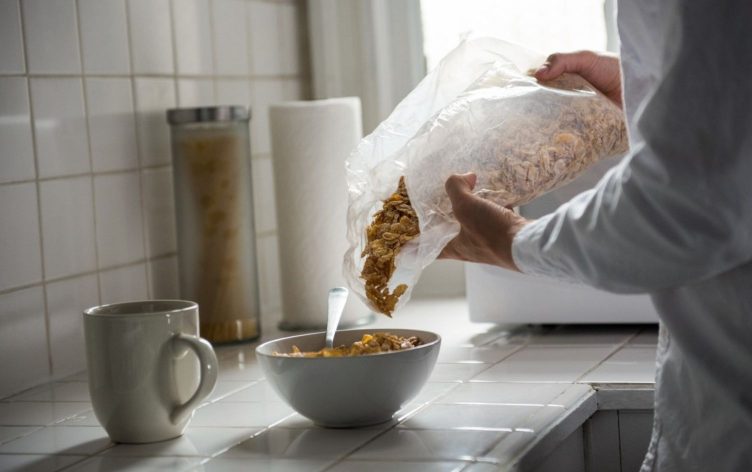Smart fitness goals are your fitness journey’s destination or destinations. Having a Specific, Measurable, Attainable, Relevant, and Timebound (SMART) goal in the forefront of your mind helps to energize & inspire you through the good times and bad times. What’s even better than setting a goal? Reaching it, of course! It’s the best feeling in the world and a great motivator when you reach a goal (big or small).
This post will teach you, step by step, exactly how to set a goal using the SMART method. It is one thing to set a goal, and another thing to set a goal in a specific and personal way that almost ensures you are going to reach it (presuming you do the work, of course)! When you reach a goal, you get a feeling of success and a feeling of empowerment. Who doesn’t want that? Now, it’s okay to have a BIG goal but you want to make sure that you break this big goal into many smaller parts. You want to experience that feeling of success and reaching a goal (even small ones) many times on your way to the big goal.

SMART Fitness Goals Examples
Here is a SMART fitness goal example for someone who wants to run 250 km this year. We will tackle this huge goal by breaking it down using the SMART fitness goal method!
Running hurting your joints? Try cycling instead.
Specific smart fitness goal examples
What does running “more” and eating “healthier” even mean for you? Instead, try something like these smart fitness goals examples:
- I will go for a 5-8 km run 3x per week after work.
- I will also start making sure I have a healthy breakfast at least 3x per week that is rich in protein so I am not starving at lunchtime and making poor food choices.
- I will also attend yoga class 1x per week with my coworker Sarah because I know that will help my recovery from running.
Important:
Get as specific and detailed as possible!
Measurable smart fitness goal examples
Your smart fitness goals should be measurable. This is easy with the adidas Running and Training apps! Use the Goal feature to set a goal and automatically track your progress! Use the app to set goals for running, walking and even hiking! You can set a time frame to accomplish the goal and also distance, duration or goal times!
Remember:
Just make sure to turn on your app when you do an activity!
Attainable smart fitness goal examples
Stop and think about it; is your goal realistic? If you only ran 50 km last year, is it attainable to really say you will run 250 km this year? If you never eat breakfast, it might be hard to say you will start eating it every single day. Make sure you take a look at your life and your current habits and kick it up a notch or two – not ten notches. Remember, you want to be successful.

Relevant smart fitness goal examples
A relevant smart fitness goal example for running 250 km in a year could be “run at least 5 km per week.” An irrelevant smart fitness goal example could be “read five books on running this year.” While reading books on running might help you achieve your goal, it doesn’t get you any closer to achieving your goal.
Don’t let shin splints ruin your fitness journey!
Timebound smart fitness goal examples
Set a date for when you want to accomplish your goal. Write it down! Set times in which you will measure your success. For goals that will take longer than six weeks, break it up into smaller chunks. Two- to four-week goal durations are easier to stick to, see results and keep you motivated.
In this smart fitness goal example, you want to run 250 km in one year. One year is the timeframe. Break that down into months and then weeks. How much can you commit to running in one week so that by the end of the year, you will have run 250 km?
Set a smart fitness goal with a partner and do couples’ workouts!
***













